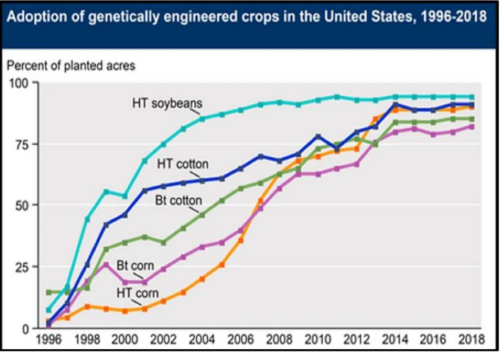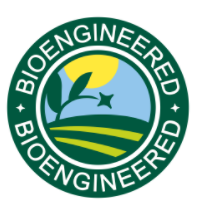Industry-funded study of the week: Alcohol
Even after writing Unsavory Truth: How the Food Industry Skews the Science of What We Eat I could hardly believe this particular example.
Methods: This is a meta-analysis of meta-analyses of studies examining the health effects of alcohol consumption that are used as the basis of international guidelines for alcohol consumption.
Results and conclusions: “only a small proportion of observational studies in meta-analyses …are funded by the alcohol industry. Based on this selection of observational studies the association between moderate alcohol consumption and different health outcomes does not seem to be related to funding source.
Funding: “The authors reported no funding received for this study.”
Author disclosures: “MV, APMvS, TvW, MLJ, RMD, RJB, IdK, and AS were employed by the Dutch Beer Institute during the study and writing of the manuscript. This Institute is funded by Dutch Brewers, which is the trade organization of the 14 largest beer brewers in the Netherlands. EJMF reports no conflicts of interest.”
Comment: This one defies credulity: an industry-funded study—most authors work for the beer industry—of whether industry funding affects research outcome.
Guess what? It didn’t find any effect.
For years, the alcohol industry has been working hard to convince regulators and the public that moderate drinking, especially of wine and beer, is not only harmless but actually improves health. This study is an example of how this industry attempts to accomplish that goal.
For another egregious example, see this post.



 The FDA website says nothing about GMO labeling. It also says nothing about GMO monoculture, corporate control of the food supply, pesticide resistance, or pesticide harm.
The FDA website says nothing about GMO labeling. It also says nothing about GMO monoculture, corporate control of the food supply, pesticide resistance, or pesticide harm.
